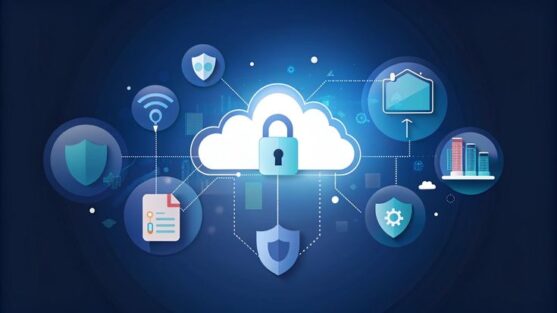As businesses continue shifting to cloud platforms like Microsoft 365, Google Workspace, and AWS, cybercriminals are quietly exploiting one of the weakest points: human credentials. Cloud account takeovers (CATOs) have become one of the most dangerous but less-talked-about threats in the remote work era. Unlike flashy ransomware or noisy denial-of-service attacks, CATOs are stealthy, long-term infiltrations that give attackers access to sensitive data, financial systems, and even internal communications.
So how do these attacks happen? Typically, criminals gain access through phishing emails, credential stuffing (reusing stolen passwords from other breaches), or exploiting weak multi-factor authentication. Once inside, attackers often “live off the land,” blending in with normal user activity—downloading files, rerouting payments, or setting up hidden forwarding rules in email accounts to siphon off data without raising alarms. In some cases, compromised accounts are sold on dark web markets, giving buyers ready-made access to trusted business environments.
The danger is amplified in remote and hybrid work cultures, where employees log in from personal devices and home networks that may not be properly secured. A single compromised account can become a launchpad for lateral movement—allowing criminals to impersonate executives, approve fraudulent invoices, or harvest confidential data. In fact, studies show that over 70% of organizations have experienced attempted cloud account compromises in the past two years, with costs often running into millions once fraud, investigations, and regulatory fines are factored in.
Defending against CATOs requires a mix of technology and culture. On the tech side, businesses must enforce strong multi-factor authentication, monitor logins for unusual geolocations or times, and adopt zero-trust principles that limit account privileges. On the cultural side, continuous employee awareness training is vital—teaching staff how to recognize phishing attempts, avoid password reuse, and report suspicious activity quickly.
The bottom line? Cloud accounts are the keys to the kingdom in today’s digital workplace. If attackers steal them, they don’t just breach a system—they become the system. In a remote-first world, protecting cloud identities is no longer optional; it’s survival.

